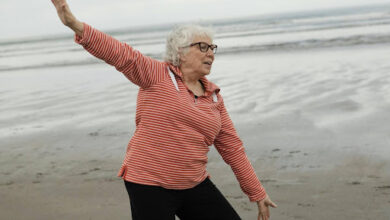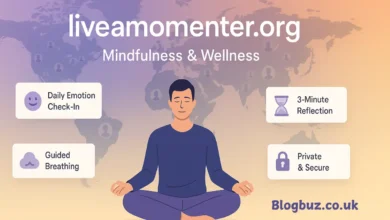Top BLS Training Courses for Healthcare Providers and First Responders

Do you want to improve your life-saving skills?
The best Basic Life Support (BLS) training courses help healthcare providers and first responders learn how to act in emergencies. Whether you need to refresh your skills or learn them for the first time, it’s important to pick the right course.
Good training helps you feel ready to respond in a critical situation. Ready to find the right course for you? Let’s get started!
Check Accreditation
Accreditation is key when picking a BLS training course. Accredited courses meet trusted standards and give you good, quality training. These programs are approved by top groups like the American Heart Association and the Red Cross.
If a course is not accredited, it might not teach the right things or give you a certificate that employers trust. Choosing an accredited course makes sure you’re learning from reliable sources.
Accredited courses also keep you up to date with the latest rules. For example, MyCPR NOW offers accredited BLS courses for healthcare providers and first responders, helping you feel ready for emergencies.
Consider Course Content
Course content is an important factor to consider when choosing a BLS training program. It’s essential that the course covers key areas like CPR, how to help someone who is choking, and using an AED.
These skills are critical for healthcare providers and first responders. A good course should teach you how to stay calm and act quickly in emergencies.
It’s also important that the course content is up to date with the latest guidelines to ensure you are learning the best practices. By focusing on the right content, you can gain the skills needed to feel confident in your ability to respond in an emergency situation.
Look for Hands-On Training
Hands-on training helps you practice real-life skills, not just read about them. During a BLS course, it’s important to work with manikins and tools that show how to do CPR and use an AED.
This type of learning helps you remember each step better and react faster during emergencies. Watching videos or reading is helpful, but using your hands makes the lessons stick.
Some courses also let you practice with a partner or in small groups, giving you a chance to learn from others. Hands-on training builds muscle memory and helps you stay calm under pressure. Picking a course that includes practice time can make a big difference in how well you learn these life-saving skills.
Review Certification and Renewal Requirements
Not all BLS certifications last the same amount of time. Some are good for one year, while others last for two. It’s important to know how long your certification will stay valid and what steps are needed to renew it.
Some programs make renewal easy with short review courses or online options. Others may ask you to retake the full class. Always check the renewal rules before signing up. This helps you stay ready and keep your training up to date without any surprises later on.
Choose the Right BLS Course and Be Ready to Save Lives
Picking the right BLS training course helps you stay ready for real emergencies. With the right course, you can learn skills that save lives, like CPR and how to use an AED. Make sure the training fits your role and offers the support you need.
Whether you’re just starting or need a renewal, the right choice makes a big difference. Choose a trusted course and stay prepared to help others when every second counts.
Did you find this article helpful? Visit our website for more awesome content like this.




